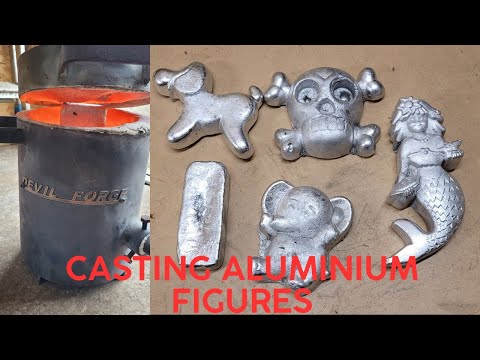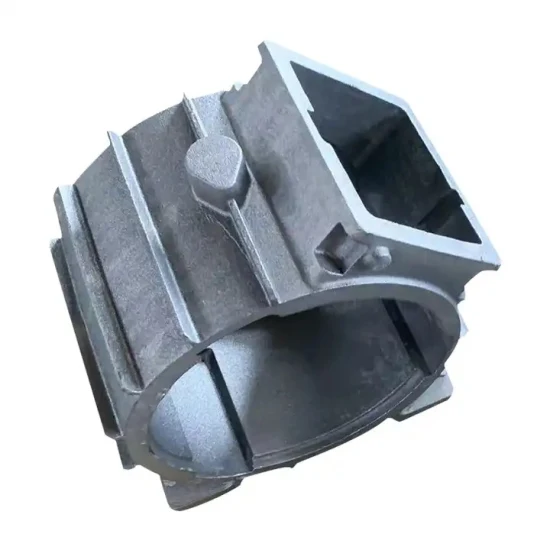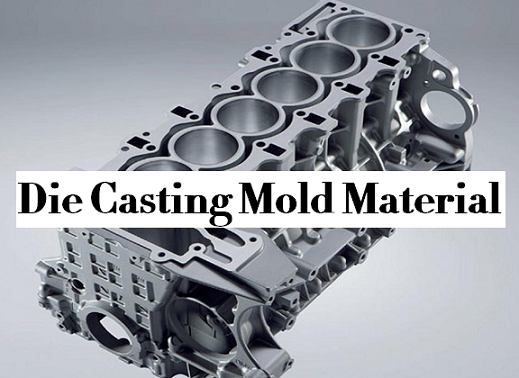Stahl Specialty Company Fundamentals Explained
Table of ContentsGetting My Stahl Specialty Company To WorkHow Stahl Specialty Company can Save You Time, Stress, and Money.Everything about Stahl Specialty CompanyThe Best Strategy To Use For Stahl Specialty CompanyExcitement About Stahl Specialty CompanyOur Stahl Specialty Company Statements

If you're developing a metal item, you've likely taken into consideration utilizing aluminum as the base material. It has a high strength-to-weight proportion, good deterioration resistance, great formability, and aesthetic allure. These aspects have brought about its boosted popularity recently. Pure light weight aluminum has limited applications, so it is typically combined with various other aspects, such as silicon, magnesium, and manganese to create alloys.
Different aspects and quantities create a wide array of preferable physical and chemical residential properties. And the Light weight aluminum Association (AA), based in The United States and copyright, has actually developed specifications that control light weight aluminum alloys' composition, residential properties, and nomenclature. There are 2 kinds of aluminum alloys wrought and cast. Factory employees develop these alloy enters various means, which considerably affects their features.
Rumored Buzz on Stahl Specialty Company
Cast light weight aluminum alloys are made by melting pure light weight aluminum and integrating it with other metals while in liquid type. The mix is put into a sand, pass away, or financial investment mold. After solidification, the metal is gotten rid of from its mold. At this phase, it is in either its final form or as a billet or ingot for additional processing.

As an example, 160.0 stands for a cast with a minimum of 99.60% aluminum. The 4th figure, which comes after the decimal point, specifies if the alloy is a spreading (xxx. 0) or an ingot (xxx. 1). Wrought light weight aluminum alloys additionally begin by combining molten aluminum with various other metals. As opposed to cast alloys, nevertheless, they are developed right into their final form via processes such as extrusion, rolling, and bending after the metal has strengthened into billets or ingots.
There are several small distinctions in between wrought and cast aluminum alloys, such as that cast alloys can contain more significant amounts of various other steels than functioned alloys. The most significant difference between these alloys is the fabrication procedure with which they will go to supply the last item. In addition to some surface area treatments, cast alloys will certainly leave their mold in practically the exact strong form desired, whereas wrought alloys will certainly undergo several modifications while in their strong state.
If you think that a functioned alloy might be the very best for your job, have a look at a few of our short articles that explain more regarding certain wrought alloys, such as Alloy 6061 and Alloy 6063. On the various other hand, if you think a cast alloy would be much better for you, you can discover more concerning some actors alloys in our Alloy 380 and Alloy 383 articles (coming quickly).
7 Easy Facts About Stahl Specialty Company Shown
When choosing a light weight aluminum foundry for your production needs, it's vital to study several elements. One of the most crucial aspects to think about is the experience and proficiency of the factory. aluminum foundry. Choosing a factory that has the right expertise of the light weight aluminum casting process, and the portfolio to show for it, aids to have an effective outcome for your project
Having the experience and market knowledge to engineer your castings for ideal manufacturing and top quality outcomes will simplify the task. Making aluminum castings needs a complex set of procedures to achieve the right results. When choosing a brand-new light weight aluminum shop to companion with, ensure they have comprehensive market experience and are experienced concerning all elements of the light weight aluminum spreading procedure: layout, manufacturing, product analysis, and product testing.
The shop needs to additionally have a tried and tested track document of delivering phenomenal items that fulfill or surpass client expectations. Quality control must additionally go to the top of your listing when choosing a light weight aluminum shop. By collaborating with a certified shop that complies with the requirements for quality assurance, you can protect the honesty of your product and guarantee it meets your specifications.
By choosing a company that uses services that meet or exceed your product needs, you can be sure that your job will certainly be finished with the utmost precision and effectiveness. Various parts call for different production techniques to cast light weight aluminum, such as sand casting or pass away casting.
Stahl Specialty Company Fundamentals Explained
Die casting is the browse around here name provided to the procedure of developing intricate steel parts with use of mold and mildews of the element, likewise understood as dies. It produces even more parts than any various other procedure, with a high degree of precision and repeatability. There are 3 sub-processes that fall under the classification of die casting: gravity die casting (or irreversible mold casting), low-pressure die spreading and high-pressure die spreading.
No matter the sub-process, the die casting process can be damaged down into 6 steps. After the purity of the alloy is tested, passes away are produced. To prepare the needs spreading, it is vital that the dies are clean, to ensure that no deposit from previous manufacturings stay. After cleaning, the ejection lubrication is used to the die to make sure a smooth release.
A Biased View of Stahl Specialty Company
The pure metal, likewise referred to as ingot, is added to the heating system and maintained the molten temperature of the metal, which is after that moved to the injection chamber and injected right into the die. The stress is after that maintained as the metal strengthens. As soon as the metal solidifies, the cooling procedure starts.
(https://www.magcloud.com/user/stahlspecialc)
The thicker the wall of the part, the longer the cooling time due to the quantity of indoor metal that likewise requires to cool down. After the component is fully cooled, the die cuts in half open and an ejection device presses the component out. Complying with the ejection, the die is closed for the next shot cycle.
The flash is the added product that is cast throughout the process. This must be cut off utilizing a trim tool to leave just the major element. Deburring eliminates the smaller pieces, called burrs, after the trimming procedure. The component is brightened, or burnished, to provide it a smooth finish.
Getting My Stahl Specialty Company To Work

Zinc is one of the most secondhand alloys for die casting due to its lower cost of raw materials. Its corrosion resistance also enables the elements to be lengthy enduring, and it is one of the more castable alloys due to its reduced melting factor.
As discussed, this alloy is one of one of the most frequently used, yet makes will, at times, choose light weight aluminum over zinc because of aluminum's production advantages. Light weight aluminum is highly cost-effective and one of the extra flexible alloys. Light weight aluminum is utilized for a variety of different items and industries anything from window frameworks to aerospace materials.